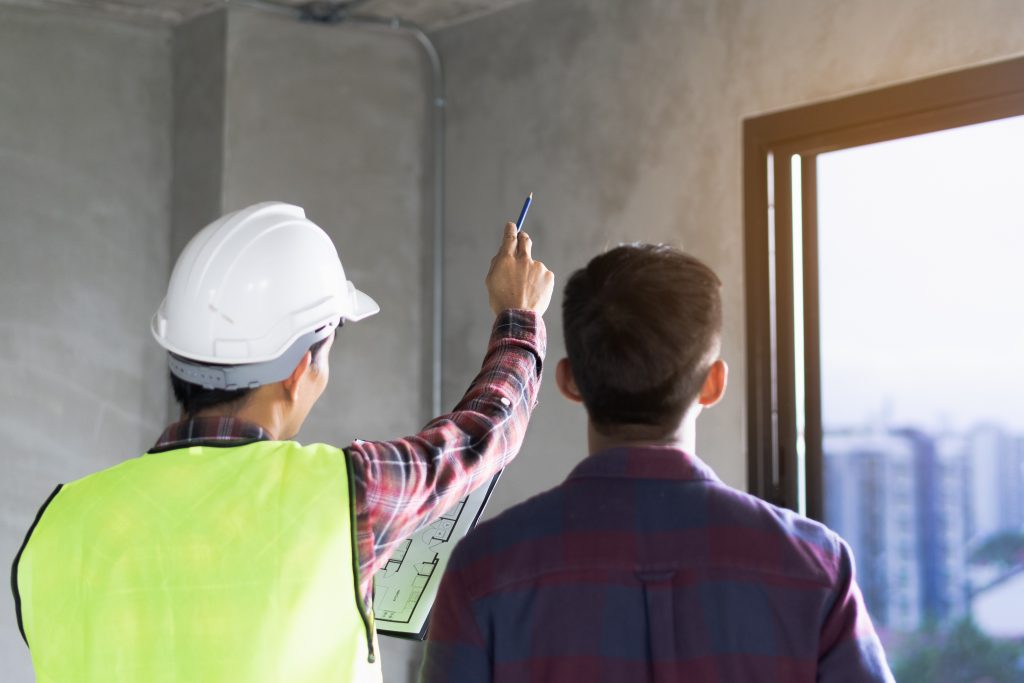
Over the last few years, more catastrophic structural damage cases and progressive collapse cases have been in the news. Because of this, building owners are taking a closer look at their building and parking structures. While it could take years for the investigation to be completed, there are many clues included in previous inspection reports and photographs taken of the aftermath.
These clues point to typical causes of deterioration to any type of structural system including reinforced concrete, precast, masonry, structural steel, and wood framing.
Everyone can be involved in keeping a building in working order, including occupants, maintenance staff, managers, and owners. The best approach for keeping a building running is “if you see something, say something.”
Understanding how the elements can affect a building or parking structure can dramatically decrease the likelihood that you’ll have a catastrophe at your property.
A Couple of Waterproofing Principles
- 90% of the water intrusion problems occur within 1% of the total building exterior. Usually at terminations and transitions. Most common where roof meets wall.
- 99% of water intrusion problems are attributable to human error including detailing, specifications, or installation. Not material or system failures.
- Where installer doesn’t know what to do, use lots of sealants.
- Sealant may only last 2 years, 6-8, 8-12 years if everything is perfect.
Why are Structural Condition Assessments Performed?
- Code compliance (Laws and ordinances).
- Building user observations.
- Real estate Due Diligence surveys.
According to International Property Maintenance Code (IPMC), “the exterior of a structure shall be maintained in good repair, structurally sound and sanitary so as not to pose a threat to public health, safety or welfare.”
There are currently 12 cities in the United States with ordinances that mandate periodic inspections of building façades, most of which are in the Midwest. However, across the country, many building owners and managers elect to partake in voluntary façade inspections for both safety and long-term financial reasons.
Did you know that a structured self-inspection of your building can prevent problems before they start and before anyone gets hurt? What may appear as an insignificant defect can turn into a big problem if ignored.
If you have tried several repairs unsuccessfully, call in a progressive collapse expert. Specialized equipment is necessary to thoroughly investigate and take guesswork out of the equation, so make sure you call a company with the proper experience to investigate the source and cause of an issue.
Utilize the IEI Advantage for Your Building Inspection!
IEI’s state-of-the-art techniques provide a very thorough condition assessment. The time to know the true extent of any deficiencies is now, not after the restoration contractor has started work – which would lead to change orders and damaged reputations. Contact us today!
